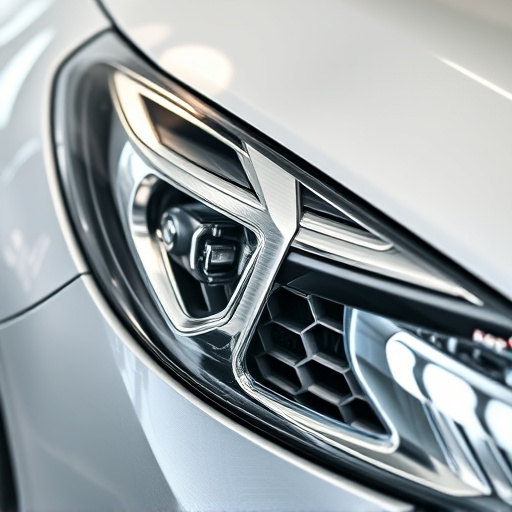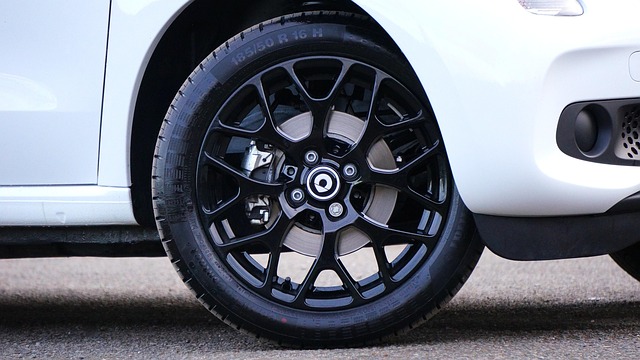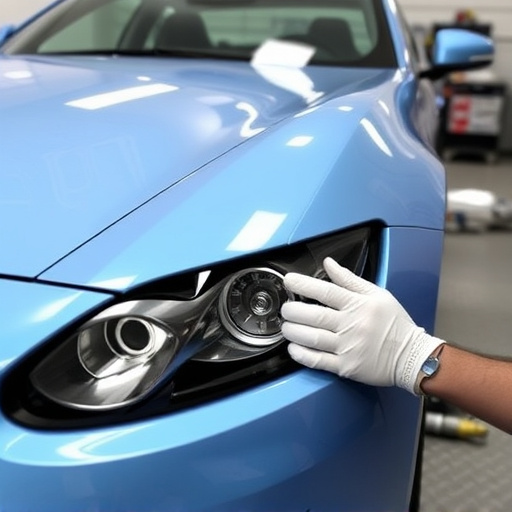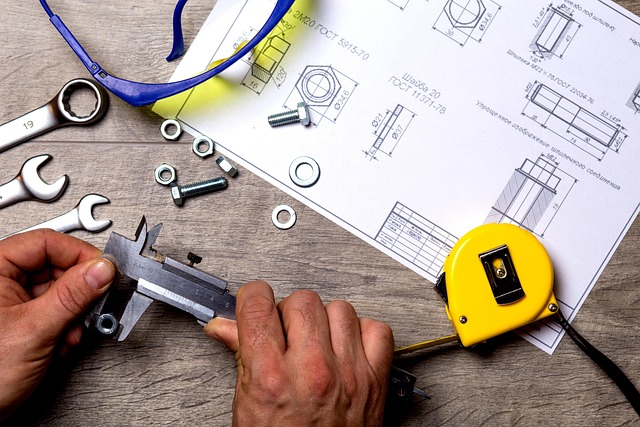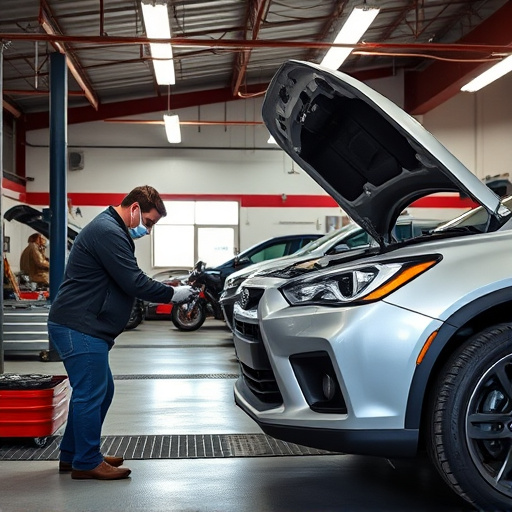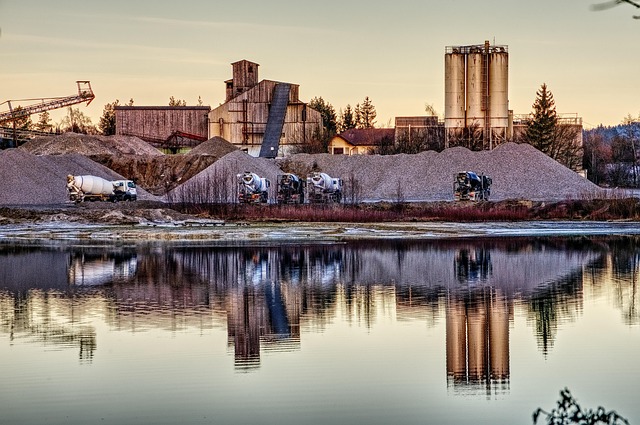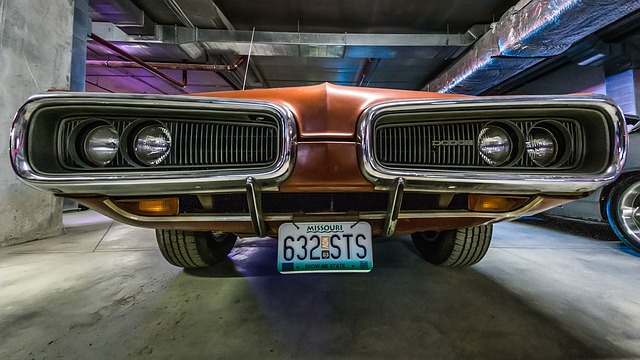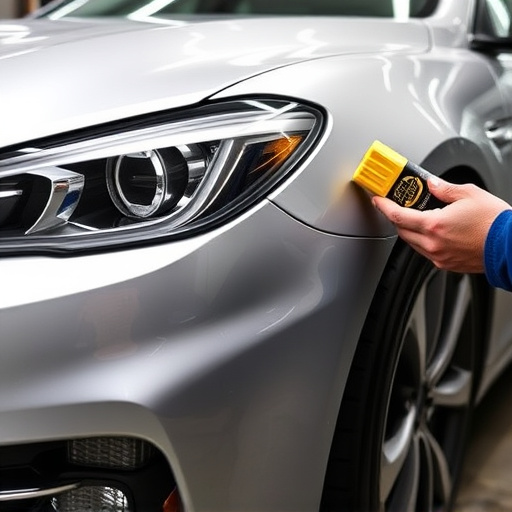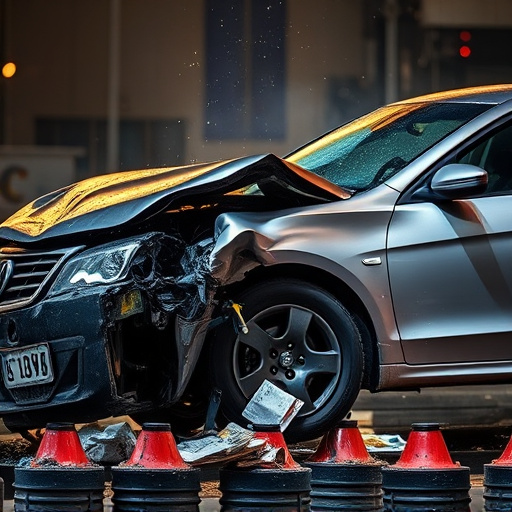Paintless dent repair (PDR) is a specialized vehicle body shop technique that restores cars' original appearances without painting, significantly reducing repair time compared to traditional methods. Technicians use tools like mallets and suction cups to gently push out dents, minimizing disruption to the vehicle's finish. Repair time varies based on dent size, metal type, and complexity, with skilled technicians completing repairs faster due to their expertise and standardized procedures. PDR has revolutionized collision repair, offering quicker and more precise results than traditional methods, especially when well-trained technicians use specialized tools in a well-prepared workspace.
In the realm of automotive aesthetics, paintless dent repair (PDR) has emerged as a game-changer. This non-invasive technique promises swift and precise results, but understanding its time dynamics is crucial. Delve into this comprehensive guide to uncover the key elements influencing PDR time. From demystifying repair techniques to exploring factors that impact duration, we’ll equip you with insights to optimize efficiency and ensure faster, accurate repairs.
- Understanding the Process: Demystifying Paintless Dent Repair Techniques
- Time Considerations: Factors Influencing Repair Duration
- Optimizing Efficiency: Tips for Faster and Accurate Paintless Dent Repair
Understanding the Process: Demystifying Paintless Dent Repair Techniques

Paintless dent repair is a specialized technique within vehicle body shops that aims to restore a car’s original appearance by removing dents without the need for painting. Unlike traditional dent repair methods, which often involve sanding and repainting, paintless dent repair time is significantly reduced due to its non-invasive nature. Technicians use a combination of tools and techniques, such as mallets, suction cups, and specialized equipment, to gently push out the dented area back into place.
This process begins with careful inspection to determine the severity of the dent and assess the viability of paintless repair. If the dent is within the acceptable range, technicians proceed with precision, ensuring minimal disruption to the vehicle’s original finish. The goal is to make the repaired area nearly indistinguishable from the surrounding surface, providing customers with an efficient and cost-effective solution for car dent repair without compromising on quality. This method is particularly popular among vehicle owners seeking top-notch vehicle body shop services that preserve the value of their vehicles while saving time compared to conventional paint jobs.
Time Considerations: Factors Influencing Repair Duration

The duration of paintless dent repair, a popular and highly effective method for car body repairs, varies based on several key factors. These include the size and depth of the dent, the type of metal involved, and the complexity of the repair itself. Smaller dents in lighter gauge metal will naturally take less time to fix compared to larger dents or those located in areas with intricate contouring.
Additionally, the skill and experience of the technician plays a significant role. Trained professionals can more efficiently navigate the nuances of car paint services, ensuring faster and more precise repairs. Collision repair services often benefit from standardized procedures and tools designed specifically for paintless dent repair, which further streamline the process, making it quicker without compromising quality.
Optimizing Efficiency: Tips for Faster and Accurate Paintless Dent Repair

In the realm of car restoration, paintless dent repair has emerged as a game-changer for collision repair shops, offering a more efficient and precise alternative to traditional methods. Optimizing efficiency in this process is key to reducing paintless dent repair time while maintaining accuracy. Here are some tips to enhance speed and precision:
Firstly, proper training and experience are invaluable. Technicians should be adept at using specialized tools designed for paintless dent repair, allowing them to navigate car bodywork with dexterity. Regular practice and staying updated with the latest techniques will ensure they can handle various dent sizes and shapes efficiently. Additionally, preparing the work area and ensuring adequate lighting can significantly speed up the process. A well-organized workspace and clear visibility enable technicians to work swiftly without compromising accuracy.
Paintless dent repair (PDR) is not just about fixing dents; it’s an art that combines precision, skill, and efficiency. By understanding the process, considering time factors, and adopting optimization tips, technicians can significantly enhance their PDR speed without compromising accuracy. These key elements ensure customers receive prompt, high-quality repairs, making PDR a top choice for both professionals and vehicle owners seeking dent removal solutions.


